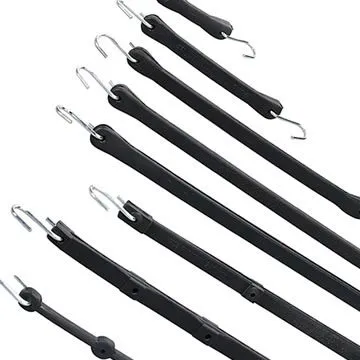- Afrikaans
- Albanian
- Amharic
- Arabic
- Armenian
- Azerbaijani
- Basque
- Belarusian
- Bengali
- Bosnian
- Bulgarian
- Catalan
- Cebuano
- Corsican
- Croatian
- Czech
- Danish
- Dutch
- English
- Esperanto
- Estonian
- French
- German
- Greek
- Hindi
- Indonesian
- irish
- Italian
- Japanese
- Korean
- Lao
- Malay
- Myanmar
- Norwegian
- Norwegian
- Polish
- Portuguese
- Romanian
- Russian
- Serbian
- Spanish
- Swedish
- Thai
- Turkish
- Ukrainian
- Uzbek
- Vietnamese
अगस्त . 18, 2024 09:58 Back to list
Access Solutions for Ceiling Hatches and Keys in Modern Architecture
The Importance and Functionality of Ceiling Hatch Keys in Modern Architecture
In contemporary architecture and design, attention to detail can significantly enhance the functionality and safety of a structure. One often-overlooked element that serves a crucial role in building management and maintenance is the ceiling hatch key. These keys are vital for accessing concealed spaces, such as attics, roof spaces, and maintenance areas. This article explores the importance of ceiling hatch keys, their functionality, and the various types available for different architectural needs.
Understanding Ceiling Hatches
A ceiling hatch is essentially a movable panel set within the ceiling, providing access to spaces that are typically not seen or utilized often, such as ducts, plumbing, or electrical systems. These hatches play a crucial role in building maintenance and emergencies, allowing quick access for repairs and inspections. However, to ensure the safety and security of these areas, hatches are often locked and require specific keys for access—this is where ceiling hatch keys come into play.
The Role of Ceiling Hatch Keys
The primary purpose of ceiling hatch keys is to secure access points to critical yet hidden areas within a building
. By employing these keys, building managers can control who has access to certain spaces, thereby preventing unauthorized entry and potential safety hazards. For instance, in commercial buildings, certain maintenance areas that contain sensitive equipment or hazardous materials can be secured with a ceiling hatch that requires a specialized key. This not only ensures safety but also complies with maintenance regulations.Types of Ceiling Hatch Keys
Ceiling hatch keys come in various designs and configurations, tailored to meet different security needs. Some common types include
ceiling hatch key

1. Standard Keys These are the most basic form of ceiling hatch keys. Typically, they are simple metal keys designed for use with standard lock mechanisms. While they provide a straightforward solution for access, their simplicity can make them less secure against unauthorized duplication.
2. Security Keys For areas that require enhanced security, manufacturers offer keys with unique shapes and designs. These keys may feature patented systems that prevent unauthorized copying, making them ideal for commercial buildings where sensitive information or equipment is stored.
3. Master Key Systems In larger facilities, such as hospitals or schools, a master key system can be beneficial. This system allows designated personnel to access multiple hatches with a single key while still keeping individual hatches secure from general access.
4. Smart Keys In the age of technology, smart keys or electronic access systems are gaining popularity. These can include key cards or biometric access systems that provide increased flexibility and security for managing access to ceiling hatches.
Conclusion
In summary, ceiling hatch keys may seem like a small component in the grand scheme of architecture, but their importance cannot be understated. They not only provide access to essential areas for maintenance and inspection but also enhance security, ensuring that unauthorized personnel cannot easily access potentially hazardous or sensitive spaces. As buildings become more complex and the need for security rises, the role of ceiling hatch keys is likely to evolve, incorporating more advanced technology solutions.
Investing in the right type of ceiling hatch key system can significantly impact the operational efficiency of a building and contribute to the overall safety and security of the environment. As such, architects, builders, and facility managers should pay close attention to the implementation of ceiling hatch keys within their structures, recognizing their essential role in modern architecture.
-
Transform Interiors with PVC Gypsum Ceiling: A Stylish, Durable, and Moisture-Resistant SolutionNewsMay.19,2025
-
The Smart Interior Upgrade: Discover the Durability and Versatility of Gypsum Ceiling Access Panel SolutionsNewsMay.19,2025
-
The Smart Choice for Interior Design: Discover the Value of PVC Gypsum Ceiling SolutionsNewsMay.19,2025
-
Mineral Fiber Ceiling Tiles: The Smart Blend of Performance and AestheticsNewsMay.19,2025
-
Mineral Fiber Ceiling Tiles: The Superior Choice Over Gypsum for Sound and Fire SafetyNewsMay.19,2025
-
Mineral Fiber Ceiling Tiles: Eco-Friendly Strength and Style for Every CeilingNewsMay.19,2025







